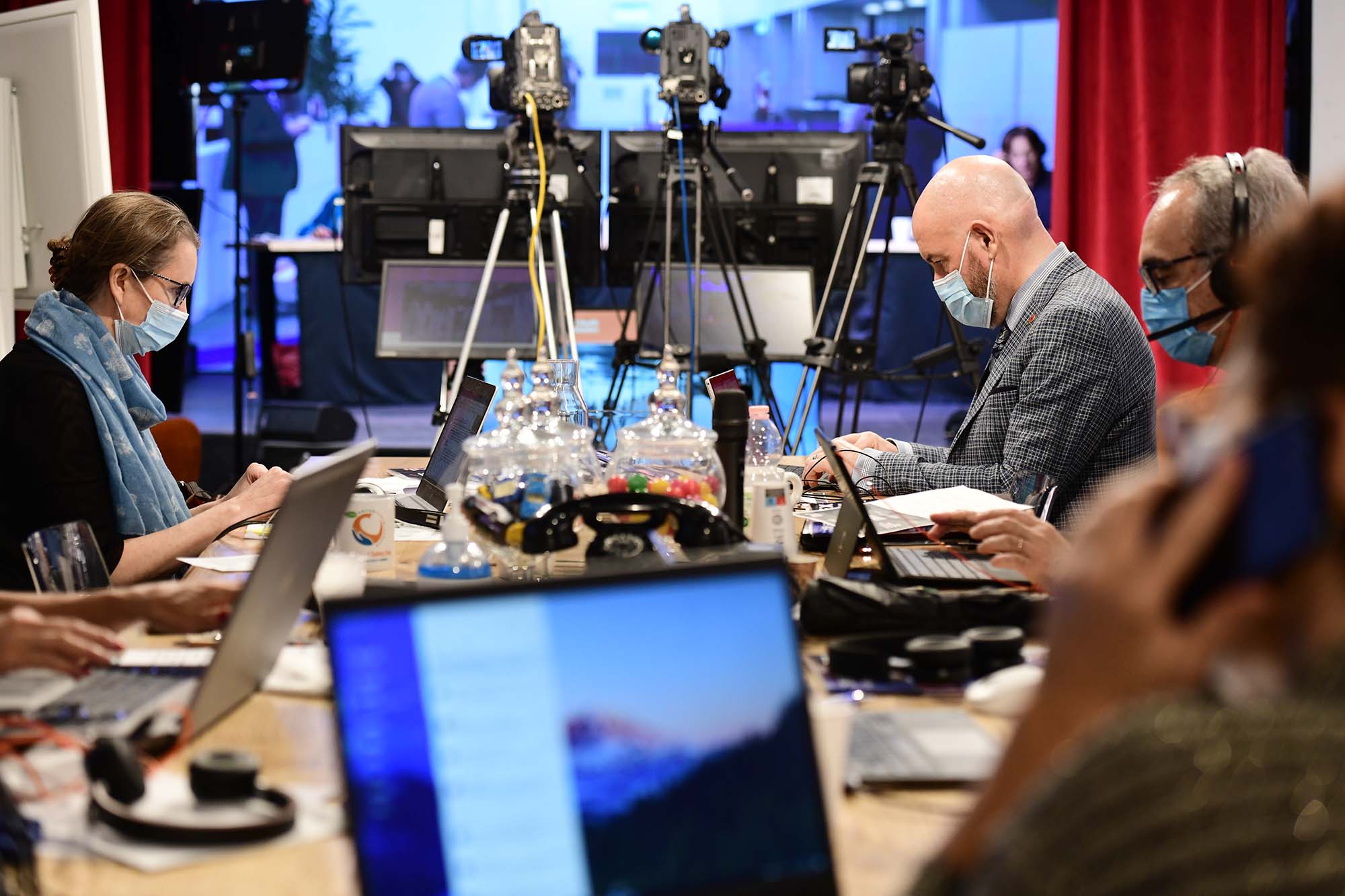CAC44 / what foods may Codex be dealing with in the future?
The 44th Codex Alimentarius Commission taking place virtually for the second year in succession has successfully adopted a range of international standards on topics as broad as antimicrobial resistance, cadmium contamination in chocolate and third-party assurance.
As day six got underway from the Rome studio, with over 450 delegates participating on a Saturday, discussions moved from standards already set to the future of food and an innovative area labelled “new foods and production systems” (NFPS). FAO calls these foods ‘new’ due to previous low global consumption. One example is a plant-based protein alternative such as seaweed, another would be edible insects. New can also mean new to Codex, or due to advances in technology such as 3-D printing or cell culture-based products. FAO is exploring how to feed a growing global population, and at the same time produce food more sustainably; two priorities that are spurring system innovations and likely to shape our future agri-food landscape.
In initial discussions on how Codex could begin to address NFPS, Tan Lee Kim, Singapore, acknowledged the potential of new food sources and production systems in addressing the challenges of food security. Food safety, together with labelling, nutrition and quality should be the principal considerations for such sources and systems, she said.
Developing countries rely on the work of Codex and international standards, and guidance to properly address these emerging issues is essential where a country may not have adequate resources to do so alone said Yupa Laojindapun, Thailand.
A lack of international guidance from Codex may present obstacles to increased production and consumer protection and could also lead to barriers to trade. NFPS will demand new approaches also from government authorities, as many issues relate to legal barriers to innovation and development.
In Japan seaweed has been eaten for more than 2 000 years, so not a ‘new’ food but “seaweed as food and feed can be part of the solution for sustainable primary food production,” said Vigdis Veum Møllersen, Norway pointing out there is currently no Codex guideline addressing food safety in this area.
Some of the technologies are at early stages of development and “an attempt to develop Codex standards or guidance could be premature, given the lack of data to support science-based standards and could result in non-tariff barriers to trade and inhibit productive innovation,” said Mary Frances Lowe, United States of America.

CAC44 Rome Studio (left to right) Sarah Cahill, Codex Secretariat, Steve Wearne, Guilherme Da Costa, Chairperson - © FAO/Bob Scott
With agreement on the need to reflect on what is meant by new food and how Codex intends to deal with the topic – also considering its existing processes and committee structure – Members and Observer organizations will now be invited to provide information, with an update expected at the next Commission. “I heard the need … for us to work expeditiously through the issues, but also … to ensure an inclusive approach. And I think we need to find a way forward that balances those,” said Vice-Chairperson Steve Wearne.
Read more from CAC44
Visit the CAC44 election special pages and the CAC44 meeting page.
CAC44 / Three new Vice-Chairpersons elected in a single round of voting in Geneva
When could cell-cultured food products appear on the Codex agenda?
Photo credit © 123RF, liquid dough on a 3-D printer
Categories
- (11)
- (3)
- Animal Feed (8)
- Antimicrobial Resistance (39)
- Antimicrobial Resistance (78)
- CAC46 (15)
- Codex Texts (20)
- Codex Trust Fund (1)
- Codex60 (19)
- Contaminants (13)
- Contaminants (10)
- COVID-19 (64)
- Elections (6)
- Food Safety (126)
- Labelling (10)
- Nutrition and Labelling (5)
- Nutrition and Labelling (7)
- Observers (23)
- Pesticides (7)
- Standards (78)
- World Food Safety Day (154)


